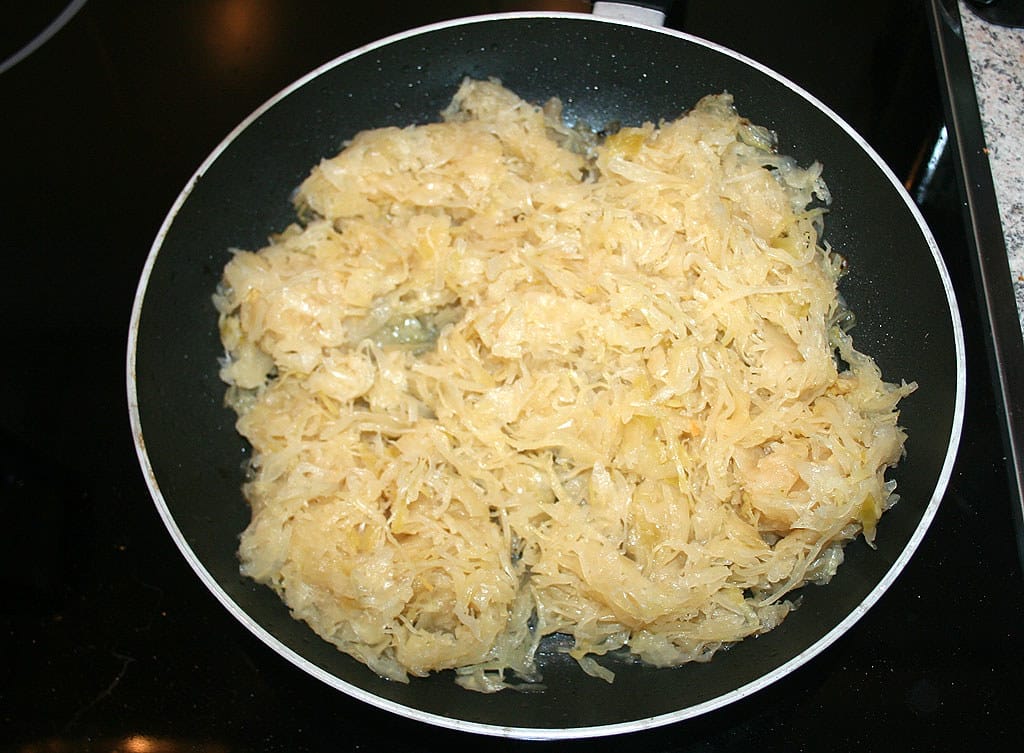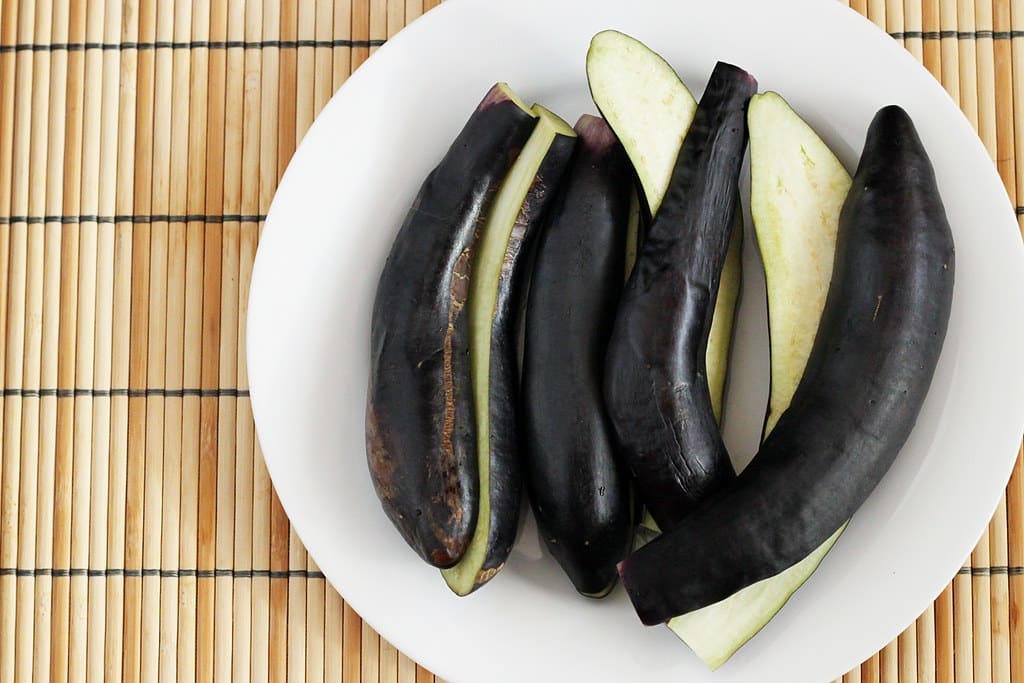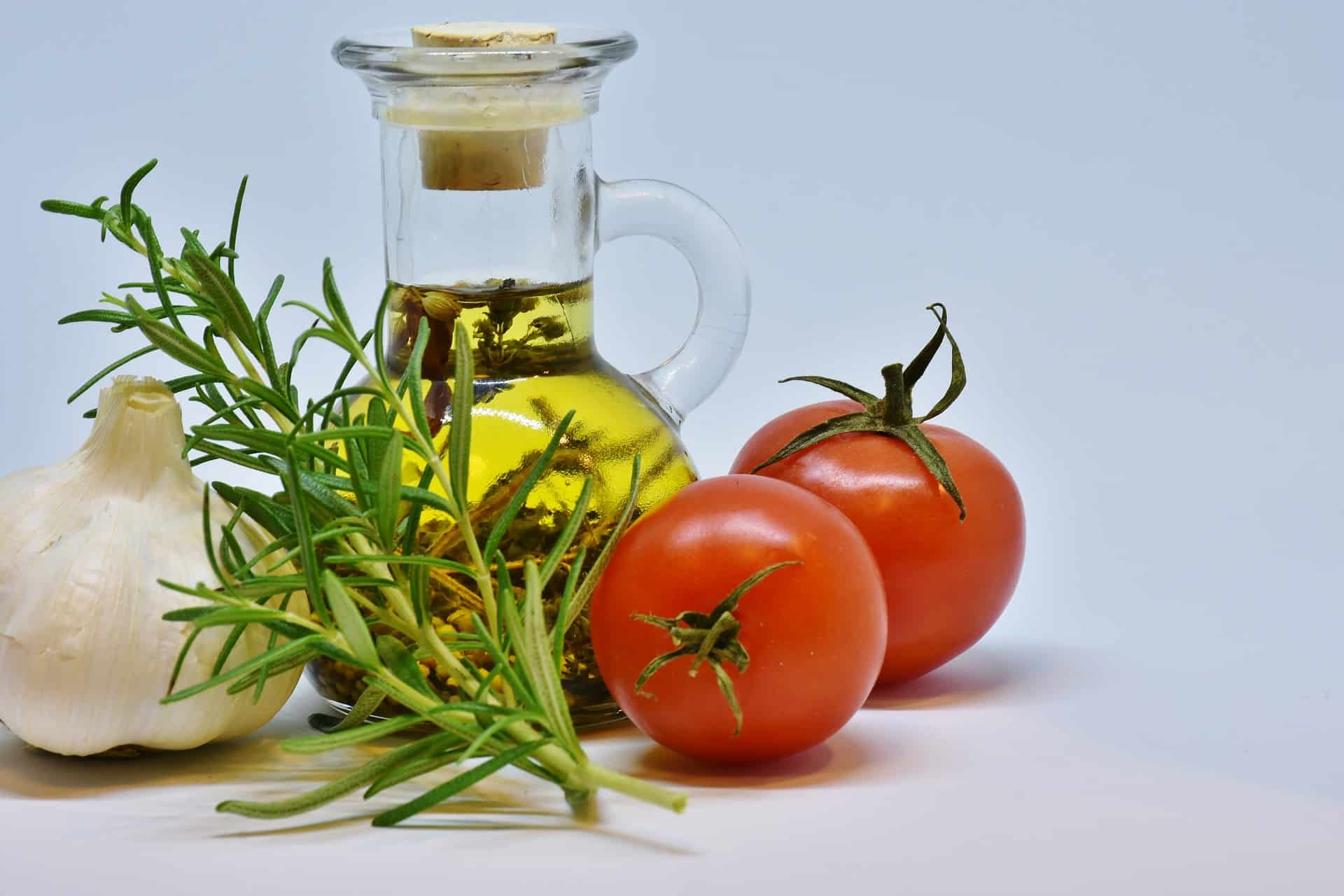Silicone proves to be a material that combines strength with flexibility. It bends without breaking and takes heat like a pro. Gear that lasts long and flexes easily suits anyone who needs tough stuff that won’t quit. Picture a rubber band that never loses its stretch and won’t melt when heated—that’s silicone working its charm. This clever material powers kitchen gadgets and phone cases that stay strong and dependable. Looking for items that can handle rough treatment and still perform? Keep reading to find out why silicone stays sharp no matter what.
But it can also attract a lot of bacteria and dirt over time, which will make it less desirable as a cooking surface.
To combat this problem, we’ve gathered up all the information you need to know about how to clean silicone, including how to clean silicone effectively, what are some tips for cleaning silicone, and how to remove stains from silicone.
We’ll also tell you how to remove mildew from silicone, what is the best way to clean silicone, and how to clean silicone without damaging it.
Finally, we’ll show you how to clean silicone that is dishwasher safe, and how to clean silicone that is not dishwasher safe.
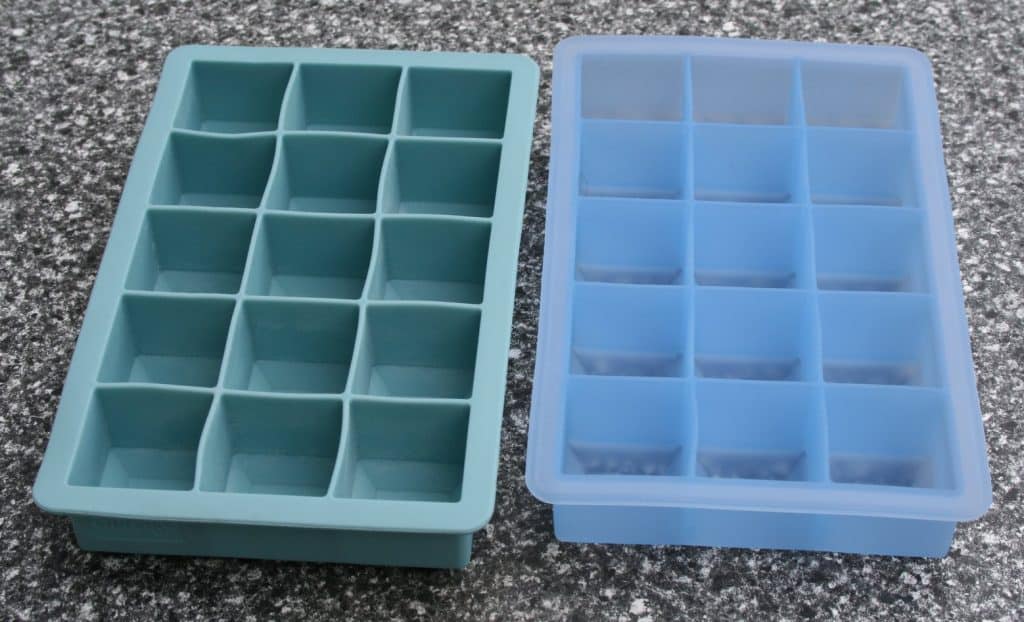
What is the best way to clean silicone?
There is no one “best” way to clean silicone.
It depends on the type of silicone you have, the level of use you put it through, and other factors.
The following is a general guide to help you choose what method will work best for you.
Wipe down: If you want to keep your silicone in good shape, but don’t want to spend any money or effort on cleaning, wiping down with soap and water may be sufficient. Just wipe off the excess grime with a soft towel. Don’t rub too hard, though.
Dry clean: For more serious cleaning needs, dry cleaning is probably your best bet. This includes professional cleaners like those found at home improvement stores. When choosing one, look for something that specifically mentions the removal of oil and grease. Some brands recommend using their products on silicone items before washing. So if you plan to wash your silicone item by hand, try to find out what they recommend first!
Steam clean: You can steam clean your silicone items yourself at home. All you need is a steamer basket (or a bowl) and some hot water. Use a sponge to gently scrub away the grime and mold. Make sure you cover your silicone item completely so nothing gets burned while you steam clean it.
Baking Soda Cleaner: Baking soda is a great cleaner for many things, and silicone is no exception. All you need is baking soda and warm water. Pour 1/4 cup of baking soda into a container big enough to hold your silicone item. Add enough warm water to create a paste. Dip your silicone item into the paste and let it sit for 5 minutes. Then rinse thoroughly with warm water. Repeat until your silicone item is clean.
Vinegar Cleaner: Vinegar is another effective cleaning agent for many surfaces. However, when used to clean silicone, it has the potential to damage the silicone. To avoid this, mix equal parts vinegar and water. Use this mixture to clean your silicone item. Be careful not to get any of the vinegar solution on your hands. Rinse with cold water after cleaning.
Salt Water Cleaner: Salt water is another common cleaning agent that works well for many surfaces. If you’re willing to go outside, salt water might be just the thing you need to clean your silicone item. Mix together 3 cups of salt and 2 gallons of water. Then soak your silicone item in the mixture for 30 minutes. After soaking, rinse thoroughly with cold water. Repeat until your silicone item is clean.
Sodium Hydroxide Cleaner: Sodium hydroxide is another chemical cleaner that can be used to clean silicone. It comes in liquid form, so you’ll need to dilute it with water before applying to your silicone item. Follow the same directions as above: mix 3 cups of sodium hydroxide with 2 gallons of water. Apply to your silicone item and let it sit in the mixture for 30 minutes. Then rinse thoroughly with cold water.
Bleach Cleaner: Bleach is another popular choice for cleaning silicone. Follow the same directions as above, mixing together 3 cups of bleach with 2 gallons of water. Apply to your silicone item and let it sit in the solution for 30 minutes. Rinse with cold water. Repeat until your silicone item is clean.
Lemon Juice Cleaner: Lemon juice is yet another option for cleaning silicone. Follow the same directions as above, mixing together 3 cups lemon juice with 2 gallons of water. Apply to your silicone item and let it sit in the mixture for 30 minutes. Rinse thoroughly with cold water. Repeat until your silicone item is clean.
Tea Tree Oil Cleaner: Tea tree oil is another option for cleaning silicone. Follow the same instructions as above, mixing together 3 cups tea tree essential oil with 2 gallons of water. Apply to your silicone item and let it sit in the mixture for 30 minutes. Rinse thoroughly with cold water. Repeat until your silicone item is clean.
Cleaning Your Silicone Items Without Chemicals: There are a few ways to clean silicone items without chemicals. First, you can run the item under hot water. Second, you can try using a toothbrush with a little bit of olive oil. Third, you can use a damp cloth to wipe away the grime and mold. But there’s still one method that should never be used on silicone—using ammonia. Ammonia can cause permanent discoloration to your silicone item.
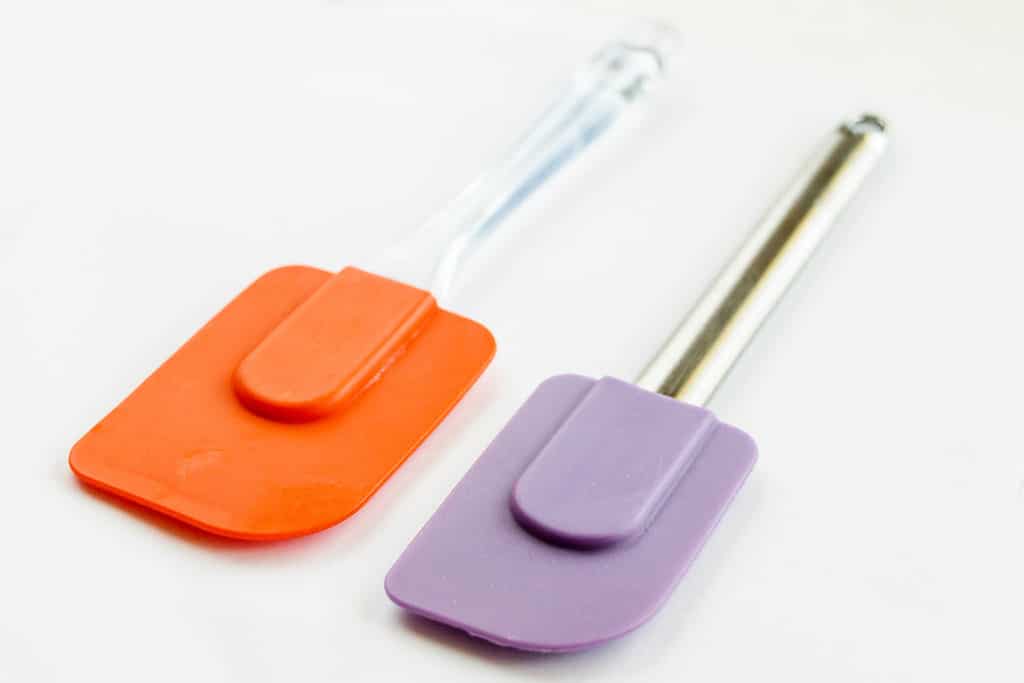
How do you clean silicone effectively?
There are several different ways to clean silicone safely and effectively.
The method you choose depends on the type of silicone you have, where you keep it, and how often you use it.
Wash your silicone in warm water with soap or detergent (this is the most effective way).
Use a non-abrasive scrubber, such as a toothbrush, and then rinse the scrubber thoroughly before drying the silicone.
If you don’t want to use a scrubber, you can wipe off the silicone with a damp cloth.
Use a soft, dry brush to gently work out the grime.
You can also use a commercial cleaner with a microfiber cloth.
Some silicone products come with special silicone cleaners, but they usually contain abrasives so they should only be used by people who regularly deal with silicone.
Don’t use bleach or other strong chemicals on silicone unless you read the instructions first.
Never put silicone in the dishwasher.
In case you didn’t notice, there are two types of silicone—food grade and medical grade—and both of these are dishwasher safe.
If you buy the wrong kind of silicone, you might damage your dishes when you wash them.
When you clean silicone, make sure to wear gloves to prevent skin irritation and to protect yourself from any splashes.
What are some tips for cleaning silicone?
For starters, let’s talk about what silicone is made of before we get into cleaning it.
Silicone is composed of two main elements: polydimethylsiloxane (PDMS) and polymethylhydrosiloxane (PMHS).
PDMS is the primary component of silicone, while PMHS acts as a catalyst that helps PDMS polymerize into a solid form.
These two components bond together in a process called crosslinking, making silicone incredibly durable and resistant to heat, chemicals, water, oil, and other elements.
If you want to learn more about these two elements, check out our guide on how to identify different types of silicone.
For now, here are a few things to keep in mind when cleaning silicone:
Always wash silicone in warm, soapy water.
Never use harsh or abrasive cleaners on silicone.
Never submerge any part of your silicone appliances or tools in strong acids or alkalies.
Do not use bleach or ammonia to clean silicone.
Both have the potential to damage the plastic coating on silicone, leaving it susceptible to scratches and cracks.
Wipe down your silicone regularly with a damp cloth or sponge.
Make sure to wipe away any excess moisture, too.
Use a soft toothbrush to scrub off any debris stuck to the silicone.
If needed, use a cleaner spray to help loosen stubborn bits.
Take care not to scratch or puncture any parts of your silicone appliances or tools.
Avoid using hard objects like metal spoons and knives on your silicone items.
If you notice mold growing on your silicone items, simply rinse them under running water and allow them to air dry.
How do you remove stains from silicone?
If you have any type of food on your silicone cookware or baking tools, they will likely be stained.
To get rid of these stains, you can use warm water and soap (like dishwashing liquid) to wash off the food, but if the stain still remains, you may want to try one of these methods.
Use hydrogen peroxide to remove stains.
Use mineral spirits to remove stains.
Use rubbing alcohol to remove stains.
Use white vinegar to remove stains.
Use ammonia to remove stains.
Use a mixture of lemon juice and water to remove stains.
Use a mixture of salt and water to remove stains.
What is the best way to remove mildew from silicone?
The most effective way to remove mildew from silicone is by washing it in hot water.
This method requires no special equipment and only takes a couple of minutes to complete.
For those who don’t have access to a wash machine, there are other ways to remove mildew from silicone.
The easiest way to get rid of mildew on silicone is to use baking soda.
Simply mix a small amount of baking soda into a cup of warm water, then soak your utensil in the solution for 15 minutes.
After soaking, rinse and dry your utensil.
Another option is to use vinegar.
To remove mildew from silicone, pour half a cup of white vinegar onto a damp cloth.
Then rub your utensil against the damp cloth until the mildew disappears.
Rinse and dry your utensil.
Lastly, if you don’t want to use these methods, you can also try applying household bleach.
Pour one tablespoon of bleach into a bowl filled with warm water, then scrub your utensil with the mixture.
Let your utensil air dry before rinsing it off.
How do you clean silicone without damaging it?
The key to cleaning silicone is knowing how to care for it properly before you start cleaning it.
Most silicone products have a coating that helps protect the silicone from scratches and cuts, but if you don’t wash it regularly, the coating may wear off.
The coating helps prevent water from penetrating into the silicone, so if it wears off, you’ll need to reapply a new layer of coating.
You can buy silicone cleaner at most hardware stores or home improvement stores, or you can make your own silicone cleaner by mixing equal parts rubbing alcohol and ammonia.
Just remember to always rinse the silicone thoroughly after cleaning it.
Wash Your Silicone Products Regularly
Most silicone products should be washed in warm water with soap when they come out of the box.
To help keep your silicone products looking their best, you should always dry them after washing them.
If you don’t dry your silicone product immediately after washing it, you may end up with mold growing on it.
It’s important to dry your silicone products completely to avoid this issue.
If you want to get extra fancy, you can add a little vinegar to your warm water to help keep your silicone items looking like new longer.
Just remember to rinse your silicone products well after adding the vinegar.
Clean Your Silicone Utensils After Cooking
When you cook with silicone tools, you’re going to want to clean them right away to avoid any potential damage.
And since silicone doesn’t absorb water very well, you’ll need to soak your silicone utensils in hot water to get rid of any bacteria that has accumulated on them.
If you’re worried about the temperature of the water, just put your silicone utensil in a bowl with boiling water for 10 minutes and then let it cool down.
Use Dishwashing Liquid to Clean Seams and Holes in Your Silicone Items
While you’re waiting for your silicone item to cool down, you can take advantage of another handy tool: a sponge.
Use a damp sponge to wipe away excess grease, grime, and other particles that may collect on the inside of your silicone item.
Then use a dry cloth to carefully smooth out any rough spots on the outside of your silicone item.
This technique works great for removing crumbs and other debris that might have collected around a hole in your silicone item.
Clean Your Silicone Baking Pans With Soap and Water
You can use soap and water to clean your silicone baking pans after making cookies or cakes.
To keep your baking pans looking fresh, just fill a sink with warm water and add 1/4 cup liquid dishwashing detergent.
Then scrub your baking pan with a nylon brush until the soap scum is gone.
Rinse thoroughly and finish drying your baking pan with a soft towel.
Is it safe to use bleach on silicone?
Bleach is a very effective cleaner for most surfaces, but it should never be used on any type of silicone.
Because bleach reacts with silicones, it will damage the finish on your cookware or bakeware.
The only way to clean silicone without harming it is by using one of these methods:
Wash with soap and water
Use a homemade solution of vinegar and water
Rub down with a sponge dipped in baking soda
Use a scrub brush
Use a mild detergent like Dawn
You will find that most recipes for cleaning silicone recommend using either a mixture of three parts water and one part white vinegar (or vice versa), or just plain old water alone.
If you try to use bleach on silicone, you may end up ruining your cookware.
What are some natural ways to clean silicone?
When it comes to cleaning silicone, there are several methods that you can try.
You can use soap and water or you can use baking soda, vinegar, hydrogen peroxide, and other household items like rubbing alcohol.
The following are some of the most popular ways to clean silicone.
1. Soap and Water
Soap and water is one of the easiest ways to clean silicone.
All you have to do is soak the item in warm soapy water and then rinse it thoroughly with fresh water.
Make sure to scrub the item well if it has been used with grease or oil.
2. Baking Soda
Baking soda is another effective method for cleaning silicone.
Simply put half a cup of baking soda into a bowl of hot water and let it sit for 10 minutes before rinsing the item with cold water.
This process will help remove any residue left by oils, grease, and grime.
3. Vinegar
Vinegar works as an effective cleaner when applied directly onto the silicone.
It removes dirt, grease, and oils from the surface.
To get rid of mildew, just add a few drops of white vinegar to a spray bottle filled with warm water.
Spray the item and wipe off the excess liquid with a dry cloth.
If you want to keep the item stain free, you can add a few drops of dishwashing detergent to the vinegar solution.
4. Hydrogen Peroxide
Hydrogen peroxide can also be used to clean silicone but only if you use it diluted properly.
First, mix equal parts of concentrated hydrogen peroxide and distilled water in a bowl.
Then dip the silicone into the mixture for 3-5 minutes and wash it with fresh water afterward.
It should work great on mildew stains too.
5. Rubbing Alcohol
Rubbing alcohol is another good option for cleaning silicone.
Just pour 1/4 cup of rubbing alcohol into a bowl and dip the item into the solution.
Afterward, rinse the item with fresh water.
Rubbing alcohol is very potent and can damage silicone surfaces.
For this reason, you should only use it once in a while.
It is especially useful when removing stubborn stains.
How do you clean silicone that is dishwasher safe?
If you have silicone that is dishwasher safe, then don’t worry too much about cleaning it.
Dishwashers are specially designed to handle delicate materials like silicone, so there’s no reason to soak your silicone in soap or other harsh chemicals before putting it in the machine.
You should probably still give your silicone a good rinse with hot water, though.
Just remember that silicone doesn’t hold on well to moisture, so if you’re using it outside or inside, you may want to dry it off completely before you put it away.
1. Use a sponge, scrubber, or soft brush
Soap or detergent isn’t necessary when you’re cleaning your silicone dishes.
Instead, use a sponge, scrubber, or soft brush to gently wipe away any excess grime and residue.
If you’re not sure how to wash your silicone dishes properly, check out our guide to washing your silicone dishes.
2. Wipe down your silicone items with a damp cloth
If you’re looking to keep your silicone nice and clean, but don’t want to get your hands dirty, wiping down your silicone items with a damp cloth will work just fine.
You’ll want to make sure that you don’t get your silicone wet, however.
The last thing you want to do is leave your silicone items soaking in water while they wait to dry.
3. Clean your silicone with warm water
If your silicone items are dishwasher safe, then you can skip the whole “wet” part.
Simply fill your sink or tub with warm (not hot) water, and dip your silicone items into the water for 10 minutes.
Then, run each item through the dishwasher.
How do you clean silicone that is not dishwasher safe?
You should use a soft cloth or sponge with warm water and soap when cleaning any piece of non-dishwasher safe silicone.
Never use abrasive materials to clean silicone like steel wool,
sandpaper, or anything else that could scratch it.
Wipe away any excess soap and rinse the item thoroughly before
drying it.
If there are stubborn spots or stains on the silicone, try soaking it in
warm soapy water before wiping it again.
If you have a silicone spatula or other utensil that has been used
often, you may want to consider replacing it with something more
durable.
You can still use it, but you may find that it wears out faster than
you’d expect if it’s being used constantly.
Silicone also absorbs odors, so it’s worth trying to keep it free of
strong smells by storing it in a sealed container, rather than letting it
sit around open to air.
- 25 Simple Lemon Dessert Recipes - December 3, 2025
- 25 Yummy Cream Cheese Desserts - December 3, 2025
- 25 Easy Cool Whip Recipes - December 3, 2025
